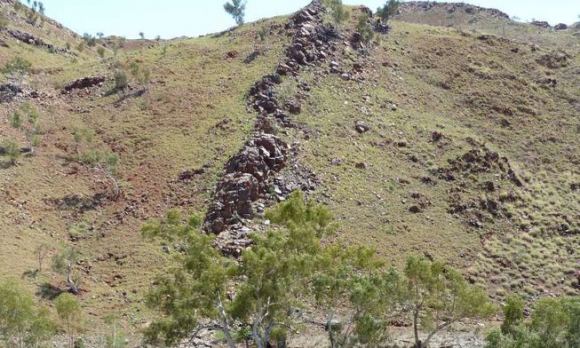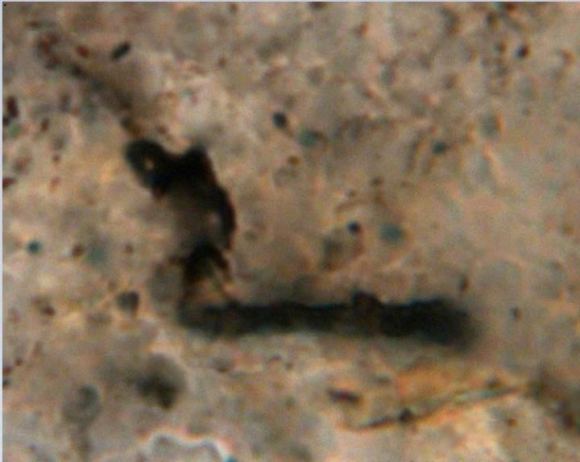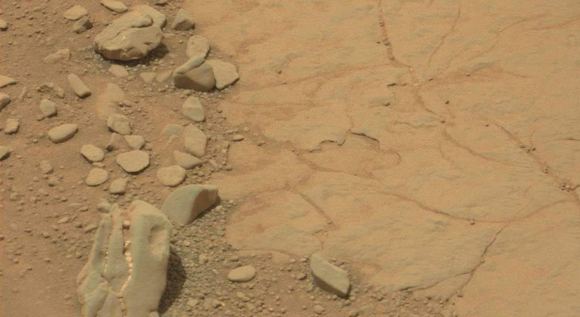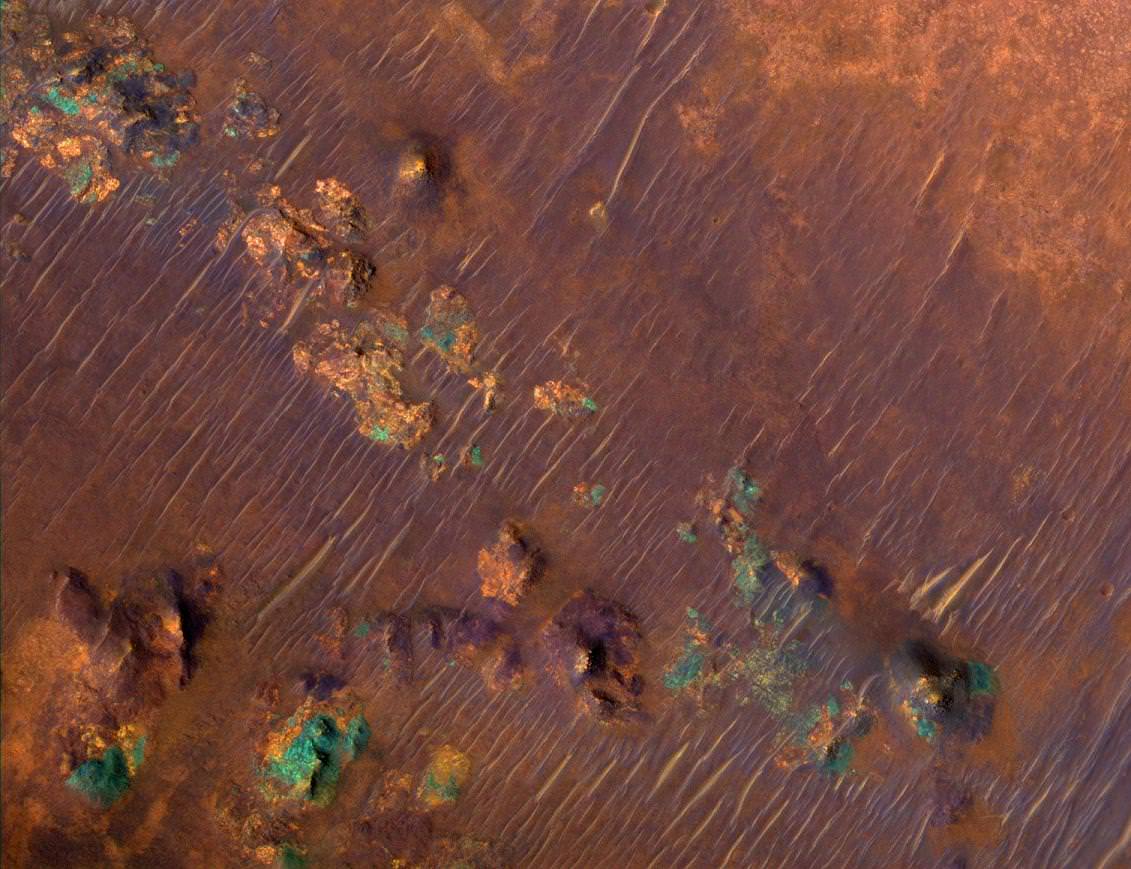Life on Earth has had a long and turbulent history. Scientists estimate that roughly 4 billion years ago, just 500 million years after planet Earth formed, the first single-celled lifeforms arose. By the Archean Eon (4 to 2.5 billion years ago), multi-celled lifeforms are believed to have emerged. While the existence of such organisms (Archaea) has been inferred from carbon isotopes found in ancient rocks, fossil evidence has remained elusive.
All of that has changed, thanks to a recent study performed by a team of researchers from UCLA and the University of Wisconsin–Madison. After examining ancient rock samples from Western Australia, the team determined that they contained the fossilized remains of diverse organisms that are 3.465 billion years old. Combined with the recent spate of exoplanet discoveries, this study strengthens the theory that life is plentiful in the Universe.
The study, titled “SIMS analyses of the oldest known assemblage of microfossils document their taxon-correlated carbon isotope compositions“, recently appeared in the Proceedings of the National Academy of Sciences. As the research team indicated, their study consisted of a carbon isotope analysis of 11 microbial fossils taken from the ~3,465-million-year-old Western Australian Apex Chert.

These 11 fossils were diverse in nature and the researchers divided them into five species groups based on their apparent biological functions. Whereas two of the fossil samples appear to have performed a primitive form of photosynthesis, another apparently produced methane gas. The remaining two appear to have been methane-consumers, which they used to build and maintain their cell walls (much like how mammals use fat).
As J. William Schopf – a professor of paleobiology in the UCLA College and the lead author on the study – indicated in a UCLA Newsroom press release:
“By 3.465 billion years ago, life was already diverse on Earth; that’s clear — primitive photosynthesizers, methane producers, methane users. These are the first data that show the very diverse organisms at that time in Earth’s history, and our previous research has shown that there were sulfur users 3.4 billion years ago as well.
This study, which is the most detailed ever conducted on microorganisms preserved as ancient fossils, builds on work that Schopf and his associates have been performing for over two decades. Back in 1993, Schopf and another team of researchers conducted a study that first described these types of fossils. This was followed in 2002 by another study which substantiated their biological origin.
In this latest study, Schopf and his team established what kind of organisms they are and how complex they are. To do this, they analyzed the microorganisms using a technique called Secondary Ion Mass Spectroscopy (SIMS), which reveals the ratio of carbon-12 to carbon-13. Whereas carbon-12 is stable and the most common type found in nature, carbon-13 is a less common but similarly stable isotope that is used in organic chemistry research.

By separating the carbon from each fossil into its constituent isotopes and determining their ratios, the team was able to conclude how long ago the microorganisms lived, as well as how they lived. This task was performed by the Wisconsin researchers, who were led by professor John Valley. “The differences in carbon isotope ratios correlate with their shapes,” said Valley. “Their C-13-to-C-12 ratios are characteristic of biology and metabolic function.”
According to the current scientific consensus, advanced photosynthesis had not yet evolved and oxygen would not appear on Earth until 500 million years later. By 2 billion year ago, concentrations of oxygen gas began increasing rapidly. This means that these fossils, being around roughly 1 billion years after Earth formed, would have lived at a time when their was little oxygen in the atmosphere.
Given that oxygen would be poisonous to these types of primitive photosynthesizers, they are quite rare today. In truth, they can only be found in places where there is sufficient light but no oxygen, something which is rarely found in combination. What’s more, the rocks themselves were a source of great interest since the average lifespan of rock exposed to the surface of Earth is only about 200 million years.
When Shopf first began his career, the oldest-known rock samples were 500 million years old. This means that the fossil-bearing rocks he and his team examined are as old as rocks on Earth can get. To find fossilized life in such ancient samples demonstrates that diverse organisms and a life cycle had already evolved on Earth by the early Archaen Eon, something which scientists only suspected up until this point.

These findings naturally have implications for the study of how and when life emerged on Earth. Beyond Earth, the study also has implications since it demonstrates that life emerged when Earth was still very young and in a primitive state. It is therefore not unlikely that a similar process has been taking place elsewhere in the Universe. As Schopf explained:
“This tells us life had to have begun substantially earlier and it confirms that it was not difficult for primitive life to form and to evolve into more advanced microorganisms. But, if the conditions are right, it looks like life in the universe should be widespread.”
This study was made possible thanks to funding provided by the NASA Astrobiology Institute. Looking to the future, Schopf indicated that the same technology used to date these fossils will likely be used to study rocks brought back by NASA’s crewed mission to Mars. Scheduled for the 2030s, this mission will entail retrieving samples obtained by the Mars 2020 Rover and bringing them back to Earth for analysis.


